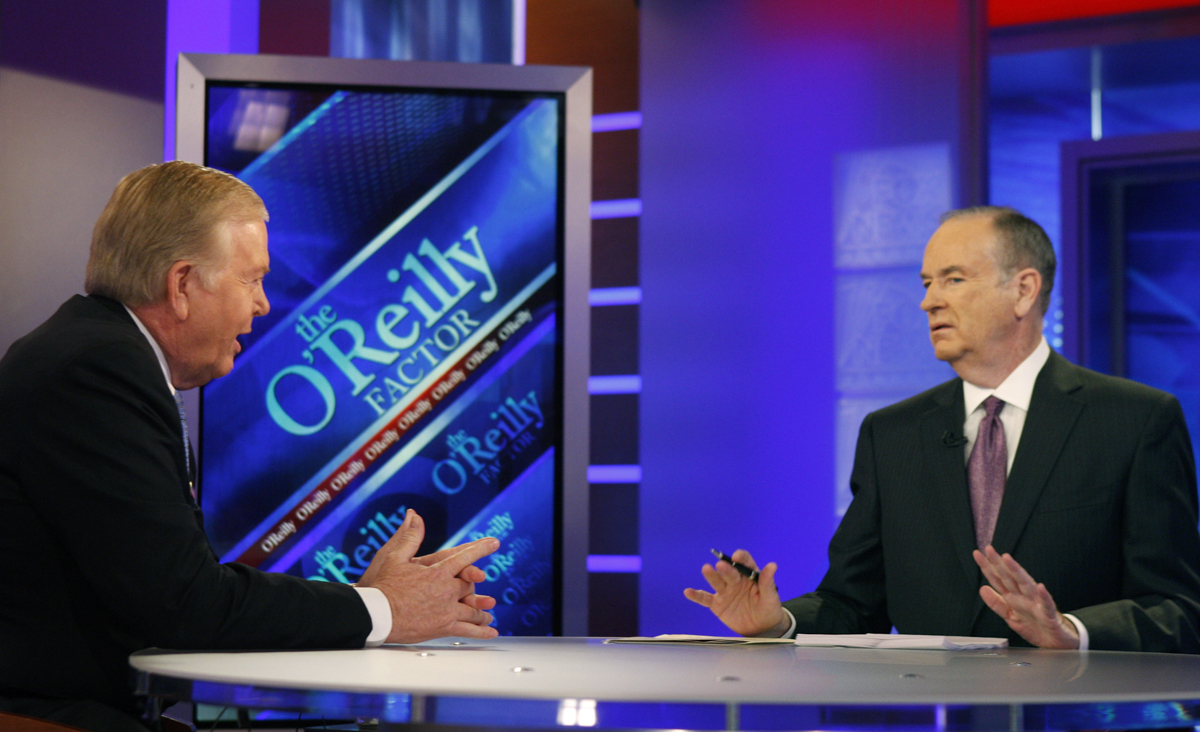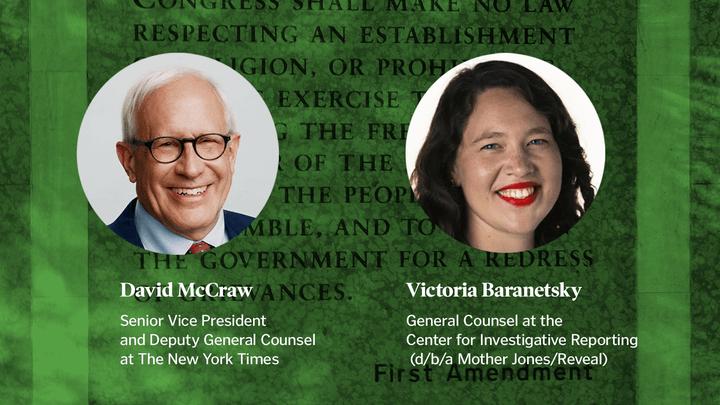The nation is not degenerating into ideologically driven echo chambers in which citizens simply talk past one another, according to two upcoming academics studies.
In sum, the studies in the Journal of Broadcasting and Electronic Media and the Atlantic Journal of Communication conclude that even political partisans consume both opposing views found elsewhere and a substantial amount of general interest news.
“Yes, people self-select content that is in line with their beliefs, but they don’t avoid opposing viewpoints, says Tom Ksiazek, an assistant professor of Journalism at Villanova University. “Republicans aren’t en masse avoiding MSNBC or The Washington Post or New York Times or other outlets considered liberal.”
Ksiazek is sole author of the upcoming “Partisan Audience Polarization: Beyond Selective Exposure” in the Atlantic Journal of Communication and a co-author of “Partisan Enclaves or shared Media Experiences” in the Journal of Broadcasting and Electronic Media with Brian Weeks of Ohio State University and R. Lance Holbert of the University of Wisconsin at Madison. Neither is yet publicly available.
Methodologically, the two studies differ in that one uses Nielsen data to inspect actual television and Internet usage, while the other relies on the 2008 National Annenberg Election Survey to dissect individuals’ use of 19 different outlets for political news, including mainstream and ideologically-driven cable TV programming, newspapers, talk radio and websites.
But their conclusions are roughly similar, namely that we overstate polarization in media consumption.
The notion of our potentially relying less on partisan media than we assume is not in and of itself new, even if it counters a powerful piece of conventional wisdom underscored during the presidential campaign. That line of thinking is straightforward: The country is more fragmented, people dwell in media “echo chambers” and merely have their ideologies reinforced. President Obama last week repeated that refrain in the context of violence at Donald Trump rallies as he suggested that right-wing media has helped set the atmospheric context for such rancor.
One potent assertion of the echo chamber thesis is found in the work of Cass Sunstein, a prominent Harvard Law School scholar and husband of UN Ambassador Samantha Power. He ran Obama’s White House Office of Information and Regulatory Affairs and, in a 2001 book, “Republic.com,” concluded that the nation is on its way to a world where “people restrict themselves to their own points of view — liberals watching and reading mostly or only liberals; moderates, moderates; conservatives, conservatives; neo-Nazis, neo-Nazis.”
That premise has been challenged. In 2011, Matthew Gentzkow and Jesse Shapiro, both then at the Booth School of Business at the University of Chicago, analyzed data on both online and non-Internet news consumption and face-to-face social interactions. Their conclusion was that there’s a lot less ideologically-driven news consumption than we figure.
For example, they showed that, when it comes just to online news consumption, much of it remained concentrated in a few centrist sites, like Yahoo.com and CNN.com
The new studies essentially expand upon that basic thesis.
“The results suggest that concerns about partisan audience polarization should be tempered,” Ksiazek concludes in his solo effort. “While partisan news audiences are very loyal, they do no appear to avoid counter-attitudinal news. These findings challenge concerns about the loss of a cohesive social and political fabric and should be encouraging of proponents of the marketplace of ideas, a healthy public sphere, and a functioning deliberative democracy.”
Which means that adherents of, say, Fox News and MSNBC may generate very loyal followings, those viewers don’t conspicuously avoid the programming of a rival network. They thus don’t exhibit what the academics refer to as “avoidance patterns.” So about “two-thirds of the audience of MSNBC also views Fox News. Similarly, over half of the audience of Fox News spent time watching MSNBC.” And more than half the users of FoxNews.com also watched CNN.
Interpretations of the evidence of ideologically driven audiences not avoiding alternative views are two-fold. One notion is that exposure to both sides can lead to shared experiences and less polarization. The second is that audiences seek the other point of view for the distinct aim of rebutting the other side’s argument, which could suggest further polarization.
The conclusion in Ksiazek’s study is much the same in his soon-to-be-published effort with Weeks and Holbert. Yes, technological changes give citizens the chance to “craft political information environments to fit their specific needs” and generate partisan enclaves not big on sharing news experiences with those not of similar ideological ilk.
But “the evidence provided here indicates these threats are exaggerated. Citizens hold some preference for like-minded content but do not actively avoid disagreeable information. More often than not, partisans and nonpartisans alike use many of the same, general interest news sources.”






